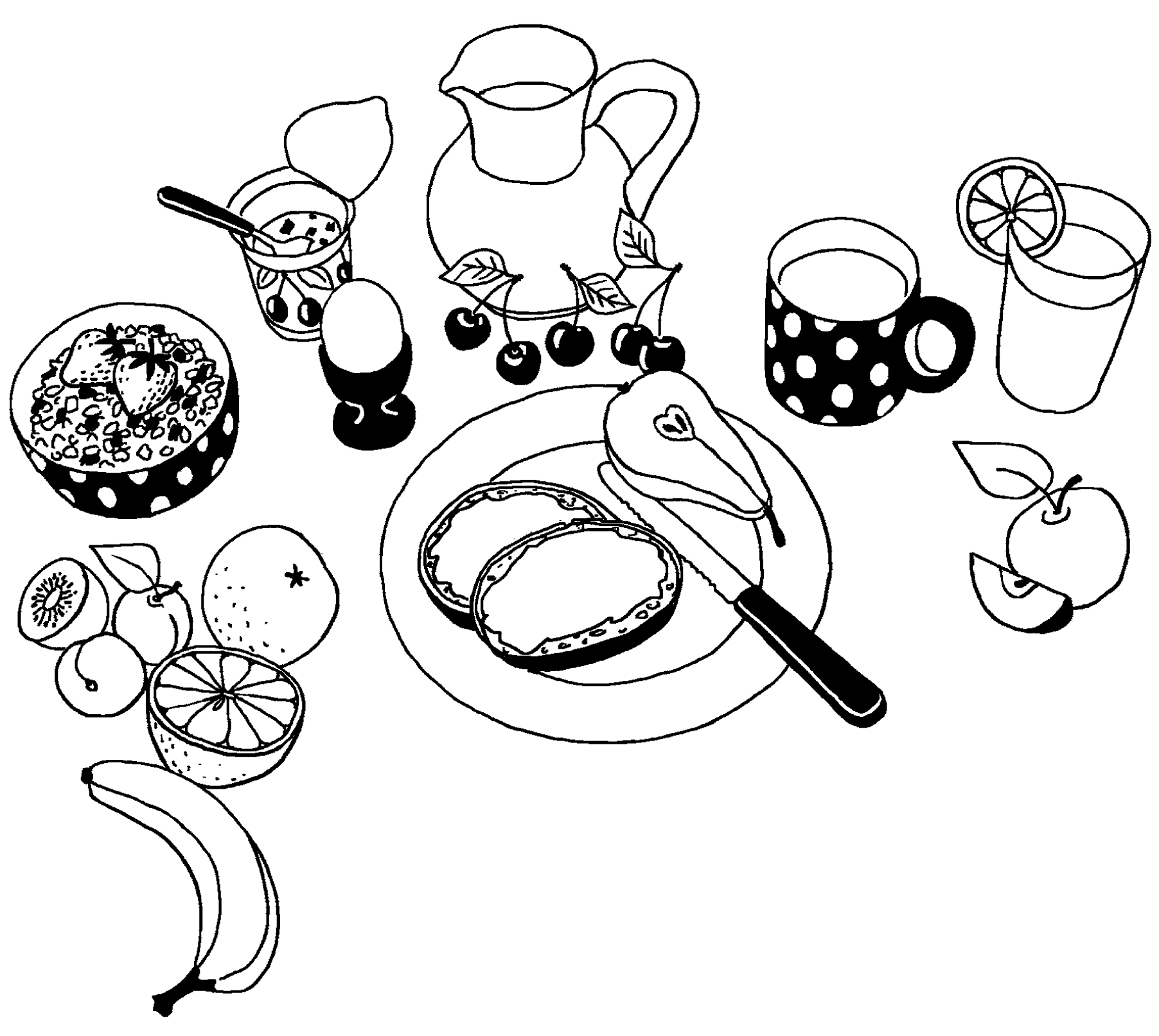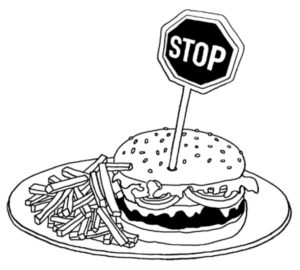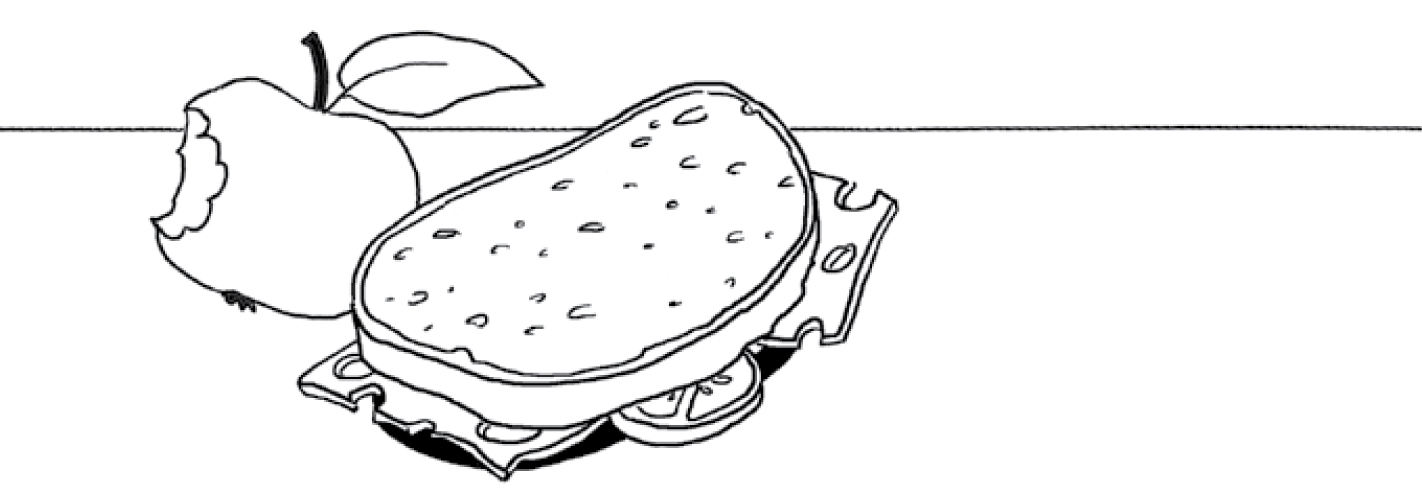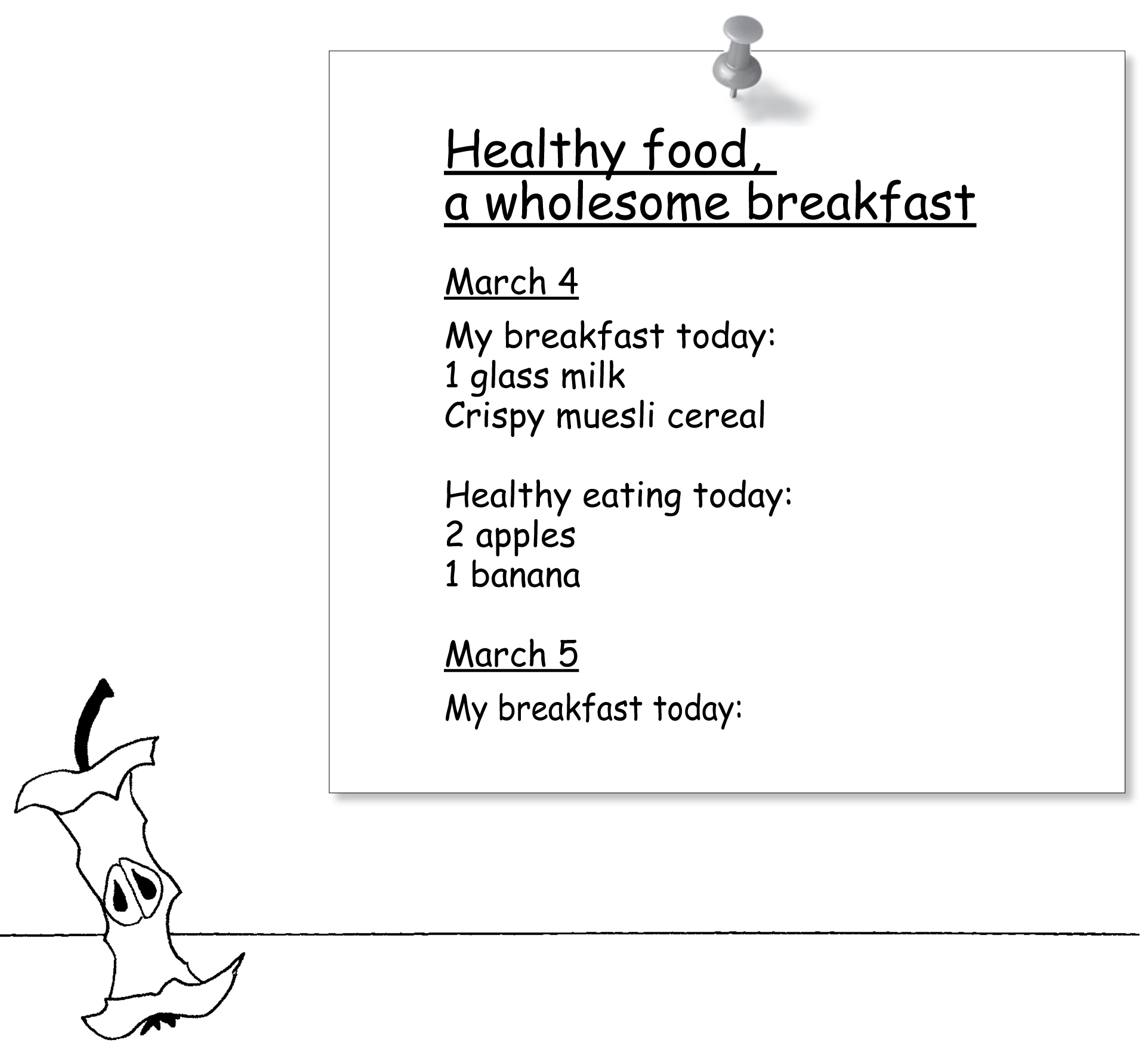
Would you feed a valuable race horse with inferior or spoiled food? Would you fill the tank of a race car with sugar water or waste oil? Of course not!
Your body deserves the same care (or even much more!) It can only function at peak performance with healthy and natural nutrition. This ensures that you feel healthy and happy and are able to learn well. That is why the following advice is so important!
Wholesome food
TIP
Eat at least 2-3 pieces of fruit per day. Replace sweet ready-to-serve drinks with low-calorie beverages or a glass of milk. Only eat a small portion of fatty foods.
Your brain is like the motor of a luxury car. It only runs at peak performance with the best fuel. Fatty or overly sweet foods and beverages only make you listless and sleepy. The same happens when you eat too much. Avoid fast foods, fatty foods and sugary drinks like sweetened ice tea or sodas. Follow a natural diet with fruit, vegetables and milk!

Never go to school without breakfast
TIP
For a week, deliberately pay close attention to eating a good breakfast and that you only consume healthful, wholesome and vitamin-rich food and drink for breakfast. Afterward continue doing this as a habit.
You must deliver the greatest output in the morning in school. For this to happen, your body and brain must be fortified with a good breakfast! Take time for breakfast and only eat and drink healthful and wholesome foods (whole wheat bread, cheese, milk, a piece of fruit). Take a sandwich or a piece of fruit along as a snack for recess.

Exercise 2
Take a piece of paper and write a title: «Wholesome food, a good breakfast». On the following line, state the date. On the next line, write «my breakfast today:…» (indicate what you had for breakfast). On the next line «Healthy eating today:…» (describe what else you have eaten today that is healthy). Continue to fill out this sheet today and every evening for the next 10–14 days. Check and make sure that you always eat a lot of healthful foods and a wholesome breakfast!
Example:







